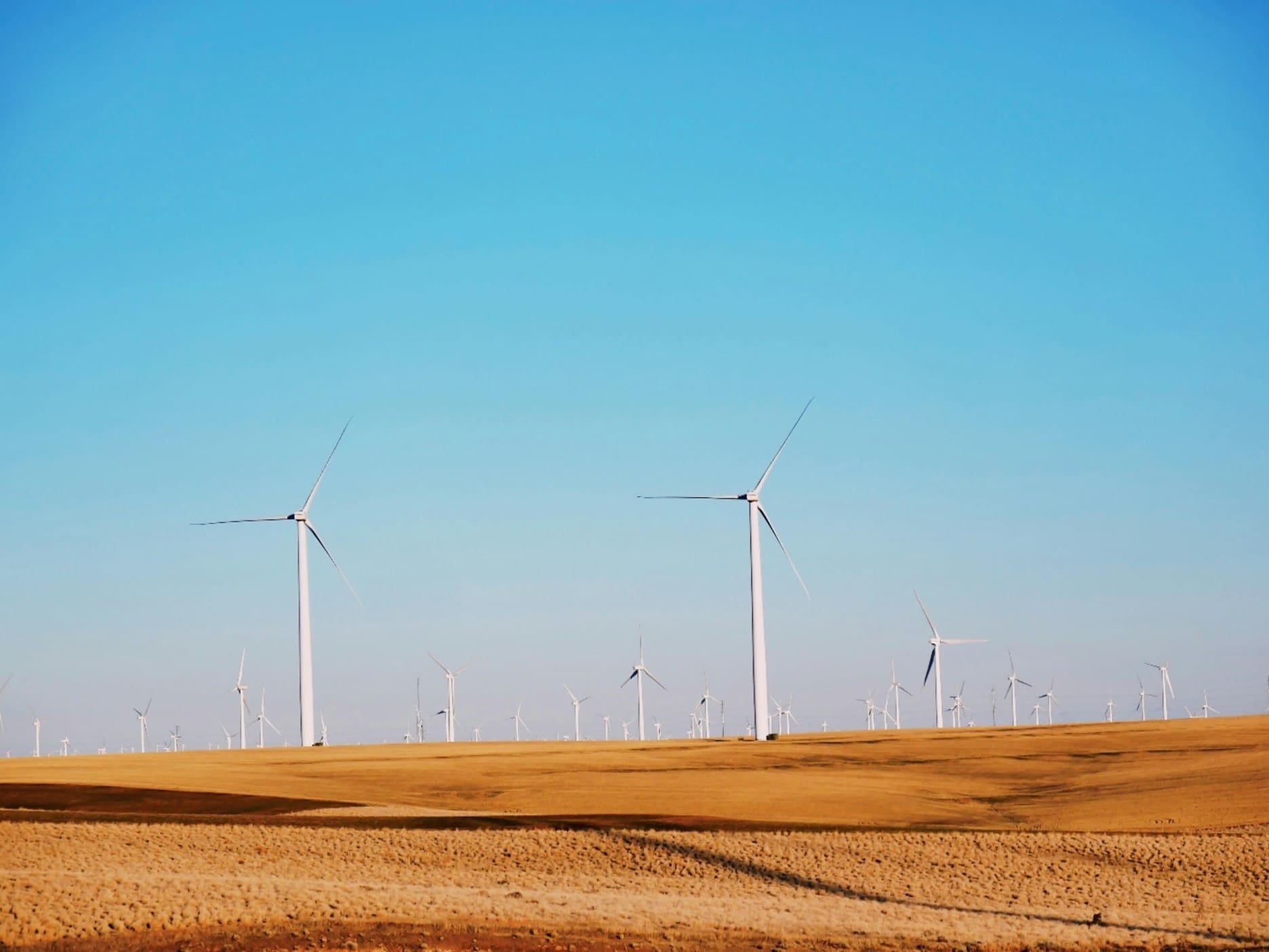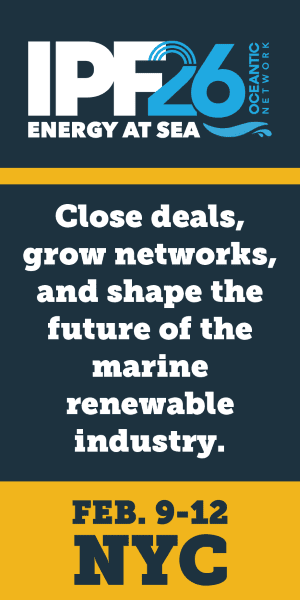If you’re a homeowner or business switching to clean energy, you’ve likely invested in solar panels or maybe even wind systems to reduce your carbon footprint and save on energy costs. Across the U.S., solar and wind energy have become major players in how we power our lives. They’re environmentally friendly, sustainable, and, in many cases, cost-effective over time.
But while these systems work well in ideal conditions, life isn’t always that predictable, especially with natural disasters becoming more frequent and more intense. Hurricanes, wildfires, tornadoes, and floods now strike with less warning and more force, sometimes leaving widespread destruction in their path. This reality raises a big question: what actually happens to solar and wind energy systems when a natural disaster hits?
Understanding how these technologies respond to nature’s extremes is essential because knowing what to expect during and after a disaster can make a huge difference. That’s where planning, preparedness, and awareness all come into play.
Planning: Why Resilience and Response Go Hand in Hand
You might think of solar panels or wind turbines as set-it-and-forget-it solutions. In truth, they require thoughtful planning, especially in areas where disasters are common. These systems are exposed to the elements, and when storms, fires, or floods roll in, they’re often among the first parts of your home or community to face the impact.
Here’s where emergency preparedness becomes crucial. Whether it’s properly securing panels to your roof or having a maintenance plan in place, being proactive can protect your investment and keep you safer during a crisis.
And it’s not just a personal responsibility. Communities need trained professionals who can plan for disaster response, assess risks to infrastructure like renewable systems, and coordinate effective recovery efforts. That’s why many individuals in emergency planning and public safety pursue a degree in disaster management. This kind of program prepares people to handle the challenges of modern disasters, balancing technical knowledge with the ability to protect both people and the systems we rely on, like energy grids. With more renewable technologies becoming part of our everyday lives, we need more experts who can keep them safe and functional in a crisis.
How Solar Panels Hold Up in Extreme Weather
Solar panels are built to last and often designed with harsh conditions in mind, but they’re not invincible. During hurricanes, the biggest threats are strong winds and flying debris. Panels can be ripped off roofs or cracked if not securely mounted. Water damage is another concern, especially if heavy rains lead to leaks or if the inverter system (which converts solar energy into usable electricity) is flooded.
Wildfires bring different challenges. While solar panels are made of tempered glass that can resist a certain amount of heat, intense wildfires can still damage or destroy them. Even if your panels don’t burn, ash and smoke can reduce their efficiency by blocking sunlight.
In flood zones, rooftop panels might seem safe, but if the floodwaters reach electrical components or battery storage units, the whole system may be compromised. In these cases, safety measures like elevated installation and waterproof housings are critical.
Still, many solar systems bounce back quickly after disasters if they’re installed correctly and maintained well. Some homeowners even report their solar setups helping them recover faster by providing essential power when the grid goes down.
What Wind Turbines Face During Disasters
Wind turbines are powerful and impressive, but they’re also vulnerable when wind speeds exceed design limits. Modern turbines are built to handle strong gusts, many are rated to withstand Category 3 hurricane winds, but tornadoes and Category 5 storms can still do damage.
When winds get dangerously high, turbines usually have an automatic shutdown feature. The blades may stop turning, shift into a position that reduces resistance, or lock in place to avoid spinning out of control. But if something fails or the storm is stronger than expected, structural damage can happen.
Another issue is debris. Flying objects can chip or break blades, while lightning can damage internal components. Systems with surge protectors and grounding wires are better equipped to handle this, but nothing is completely foolproof.
In the aftermath, repairs might involve anything from replacing blades to full tower inspections. Fortunately, wind farms and homeowners using small turbines are learning from past disasters and working to improve durability.
Staying Powered When the Grid Goes Down
You might assume having solar or wind power means you’re protected during a blackout, but it’s not that simple. If your system is connected to the main utility grid, it may automatically shut off during an outage to protect utility workers who are repairing power lines. It is called “anti-islanding,” and while it’s necessary, it means your solar system won’t keep your lights on unless you have a backup.
Battery storage systems, like Tesla Powerwall or similar options, can be game-changers in this situation. They store extra energy and kick in when the grid goes down, allowing you to run essential appliances like refrigerators, medical equipment, or lighting.
For homeowners who live off-grid, the system design usually includes batteries by default, so they’re less affected by blackouts. Still, those systems can be challenged by long stretches of cloudy weather or low wind after a disaster, so having fuel-powered generators as a backup may still be wise.
Designing for Resilience in the Future
The good news is that technology is improving, and more attention is being given to disaster-resistant renewable systems. Builders and manufacturers are now focusing on designing panels that can resist stronger winds, withstand fire damage, and survive flooding.
You’ll find innovations like panels with protective coatings, battery systems in waterproof enclosures, and turbine blades that can bend without breaking. Homeowners can also install solar systems at a tilt to let debris slide off or mount them on racks above potential flood levels.
At the policy level, some local governments are updating building codes to include requirements for renewable energy systems in disaster zones. It includes stronger mounts, better wiring protection, and mandatory battery backups in some regions.
Switching to renewable energy is a smart move, not just for the planet, but for your wallet too. But just like any major investment, solar and wind systems need to be protected. Natural disasters can be unpredictable and destructive, but with good planning and the right precautions, you can improve the odds that your clean energy system will survive and recover quickly.
It all comes down to being informed and prepared. Whether you’re learning how to secure your panels before a hurricane, investing in battery backups, or looking into how professionals manage emergency energy systems, you’re taking an important step toward resilience. And in today’s world, that kind of preparation can make all the difference when disaster strikes.
Headline image source: Pexels






